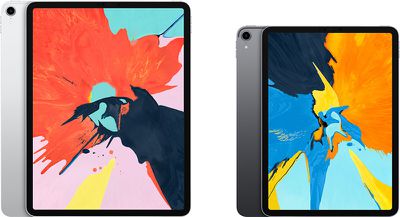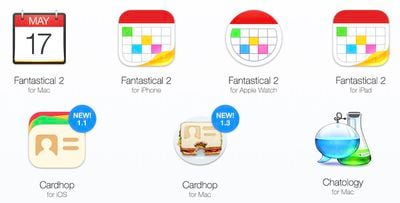Apple today seeded eighth beta of an upcoming tvOS 13 update to developers, two weeks after seeding the seventh beta and more than two months after unveiling the tvOS 13 software at the Worldwide Developers Conference.
Designed for the fourth and fifth-generation Apple TV, the new tvOS 13 developer beta can be downloaded onto the Apple TV via a profile that's installed using Xcode.

tvOS 13 introduces an updated Home screen aimed at making it easier to discover new content. Apps are now able to play full-screen video previews on the Home screen, similar to Netflix.
Multi-user support is available for the first time, letting more than one profile exist on the Apple TV so each family member can have their own customized Apple TV interface with separate recommendations, music playlists, and Watch Now lists.
Switching between profiles can be done with the new Control Center, which offers up profiles, the time and date, search, a Now Playing widget, AirPlay controls, and a sleep option.
tvOS 13 gets the Apple TV ready for Apple Arcade, Apple's new gaming service that's coming to the Apple TV, iOS, iPadOS, and macOS later this year. Apple Arcade will offer unlimited access to more than 100 new and exclusive games, for one subscription fee.
As part of the Apple Arcade preparations, Apple has implemented support for the Xbox Wireless Bluetooth Controller and the PlayStation DualShock 4 Controller, both of which can be connected to an Apple TV over Bluetooth.
There are new under the sea themed screensavers created in partnership with the BBC Natural History Unit, which also created "Blue Planet." There's also a new Picture-in-Picture feature. Picture-in-Picture lets you continue to watch TV shows or movies while using a different app, adjusting settings, or otherwise navigating through the tvOS 13 operating system.

tvOS 13 is available to registered developers and public beta testers at this time and will see an official public launch this fall alongside iOS 13, iPadOS, macOS Catalina, and watchOS 6.



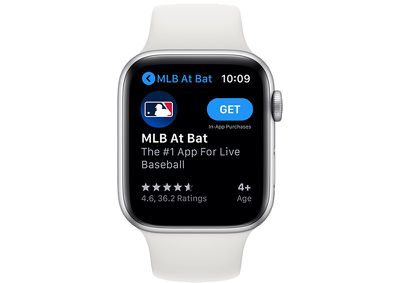
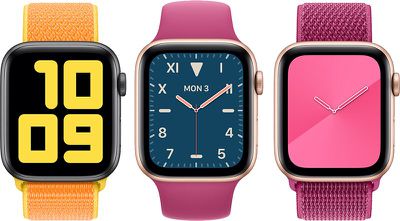
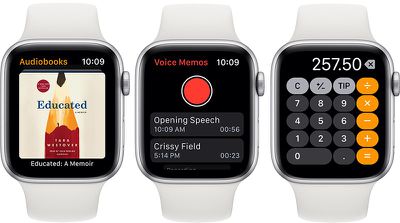
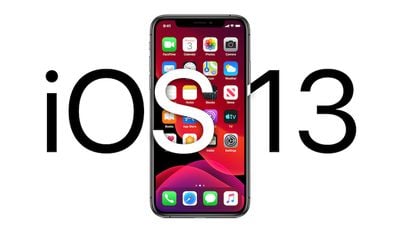
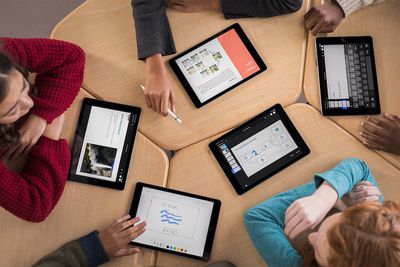
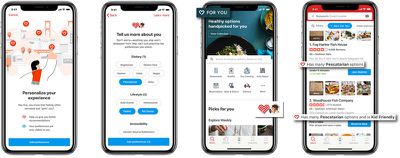

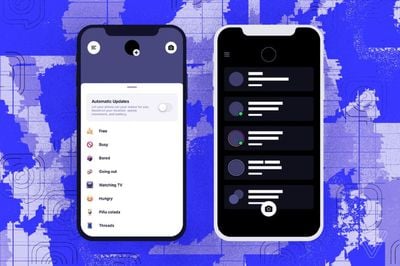

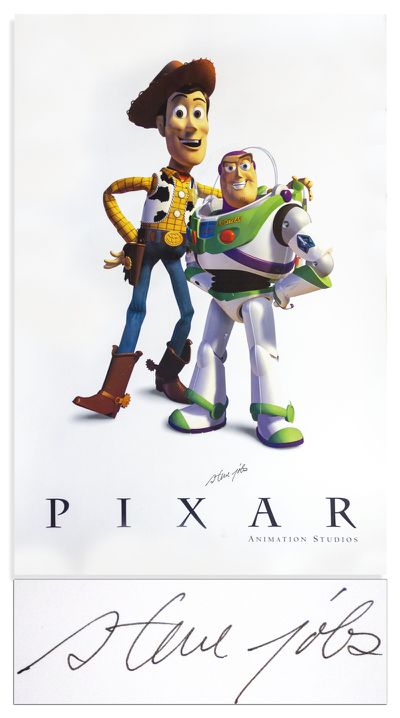
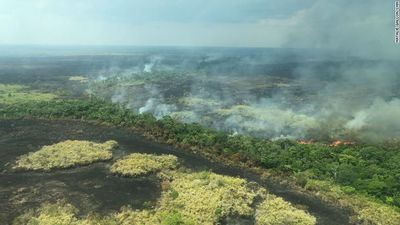
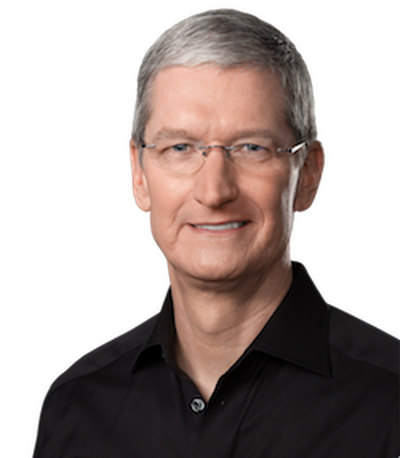 Apple CEO
Apple CEO 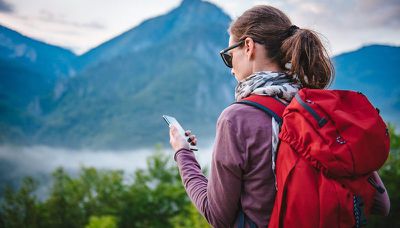


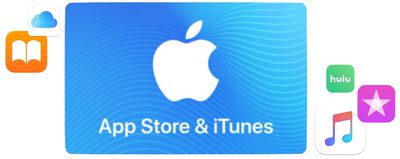 Note: MacRumors is an affiliate partner with some of these vendors. When you click a link and make a purchase, we may receive a small payment, which helps us keep the site running.
Note: MacRumors is an affiliate partner with some of these vendors. When you click a link and make a purchase, we may receive a small payment, which helps us keep the site running.